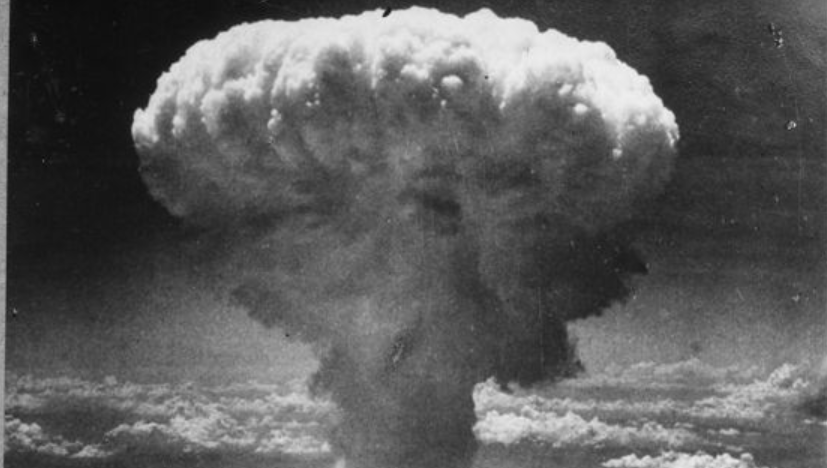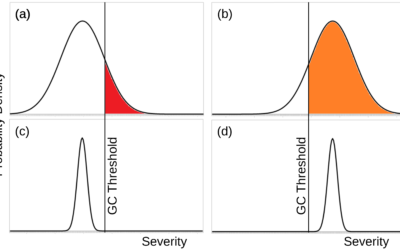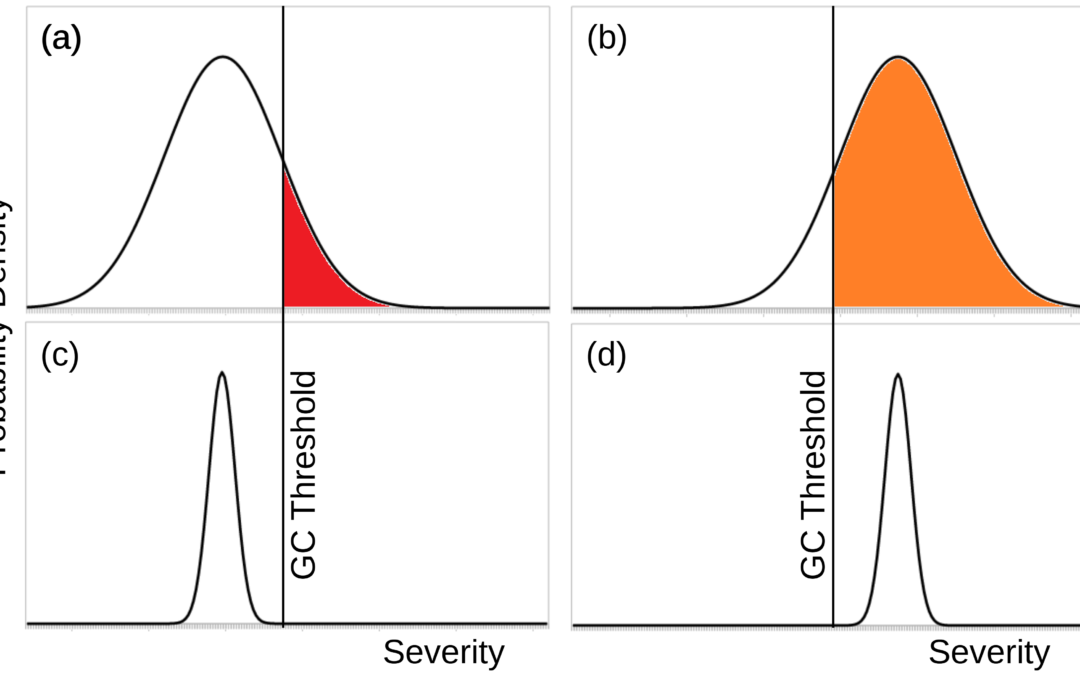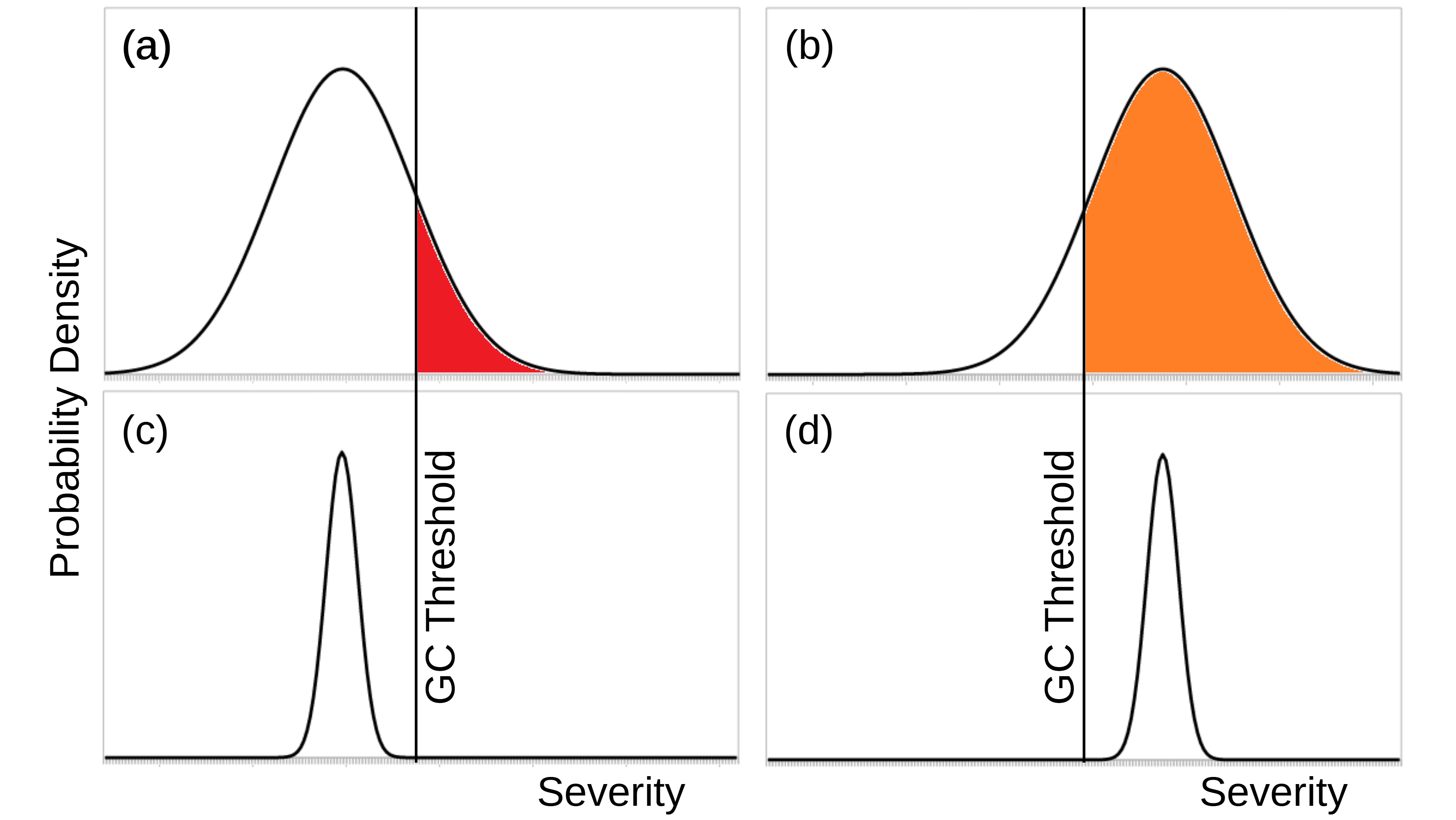View in the Bulletin of Atomic Scientists
This article discusses the importance of interdisciplinary research on topics like winter-safe deterrence since global issues do not always fit neatly in research silos.
The article begins as follows:
I thank the roundtable participants for their continued discussion of winter-safe deterrence and biological weapons. With an eye toward the third and final round, my one request to them is that they suggest references in which interested readers could find further detail on these topics. Sonia Ben Ouagrham-Gormley has already suggested her book, Barriers to Bioweapons. I would appreciate any additional suggestions. I am especially interested in references for Martin Furmanski’s insightful comments on biological weapons testing and delivery systems.
In this post, I will reply to one comment from Gigi Kwik Gronvall and then offer a more general discussion of winter-safe deterrence as an interdisciplinary research project. I am not going into further detail on biological deterrence because I do not have much more to say at this time. Instead, I will be taking the points made into consideration as I continue my research.
Gronvall concludes her second round post by stating that “[a]dding a biological or other deterrent threat that can wreak more death and destruction would be going down the mountain, not up.” This is (I believe) to say that alternative deterrents should not be pursued in the context of nuclear disarmament. But some nuclear-armed states are already shifting their deterrence from nuclear weapons to weapons that cause less harm. The clearest example is the United States, which is actively shifting its deterrence towards conventional weapons. The 2010 Nuclear Posture Review states: “The United States will continue to strengthen conventional capabilities and reduce the role of nuclear weapons in deterring non-nuclear attacks.” I support the US effort to reduce the role of its nuclear weapons, and I do not believe that this is a particularly controversial position. All this is to say that some aspects of winter-safe deterrence are already mainstream military policy that is making a constructive contribution to climbing up that great mountain to a world without nuclear weapons.
The remainder of the article is available in the Bulletin of Atomic Scientists.
Image credit: United States Office of War Information
This blog post was published on 28 July 2020 as part of a website overhaul and backdated to reflect the time of the publication of the work referenced here.










